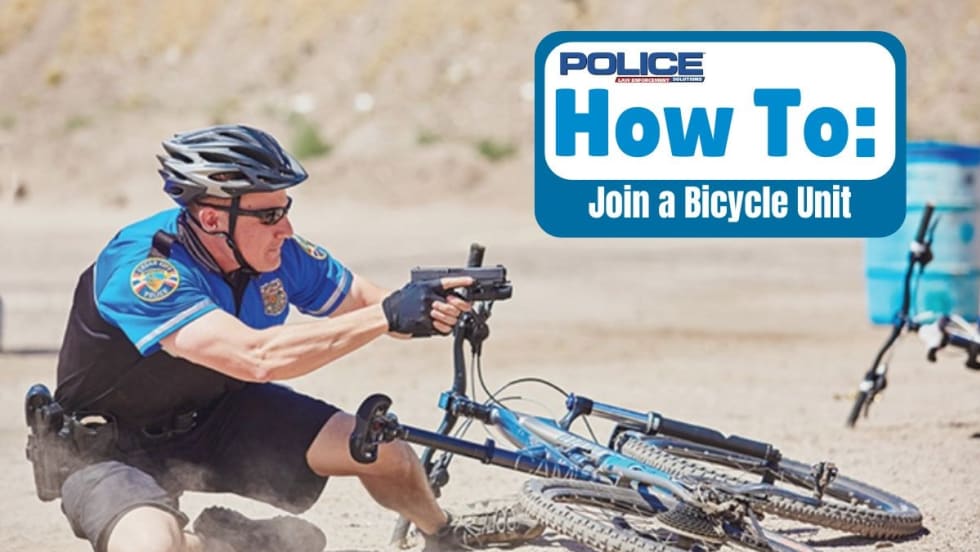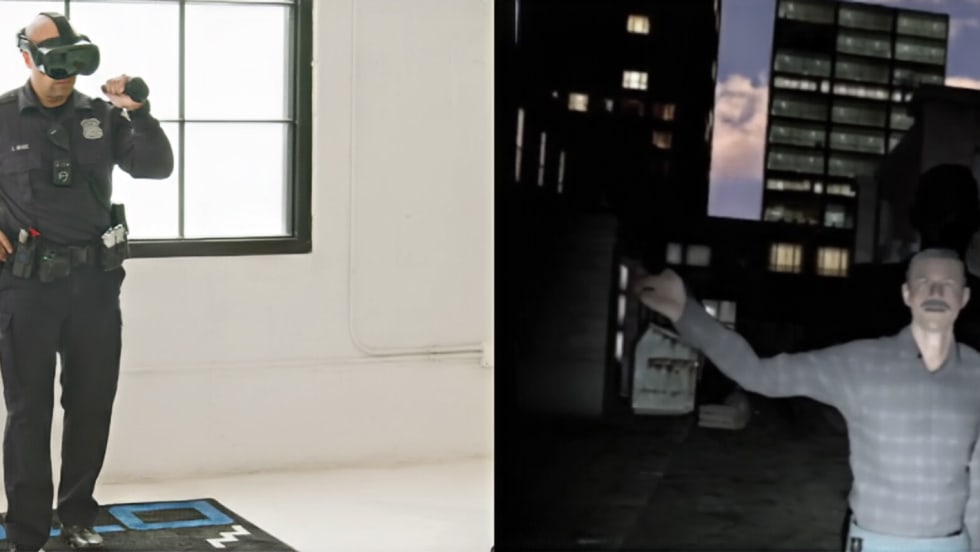As before, your first priority is to keep your firearm in its holster, and so use your same-side hand to grab the weapon and/or the assailant's wrist or hand and force it downward to keep the weapon in its holster.
Once you've trapped the attacker's hand to prevent him or her from drawing your gun, you can transition into the guillotine choke. To perform the guillotine choke, simply sit up and use your opposite arm to encircle the assailant's neck. This is a choke hold that can easily incapacitate the assailant, and it is very likely that the suspect will quickly become unconscious, depending on the application and force of the choke. To make this technique most effective, you should reach as far around the assailant's neck as possible. In fact, if your hand is able to reach all the way around the neck to your side, this application provides a more effective choke. Also, the closer your forearm is to the assailant's body, the better.
Once your hand is around the assailant's neck and you secure the best grab possible, close your guard by locking your ankles around the assailant and straighten your body to stretch him out. The combination of a good choke hold and stretching the assailant will make for the most effective choke. Depending on arm placement, you will either be executing a tracheal compression restraint (wind choke) that cuts off the suspect's air or a blood choke that prevents blood flow.
You may choose to remain in this position until backup arrives. However, if you are sure that the assailant is unconscious, then the threat has been eliminated, and you should release the suspect and secure him or her in handcuffs. As with any unconscious subject, radio for medical assistance.
Don't go to the ground in an arrest situation, unless absolutely necessary. Doing so makes you vulnerable to any number of strikes and chokes, as well as weapon grabs.











